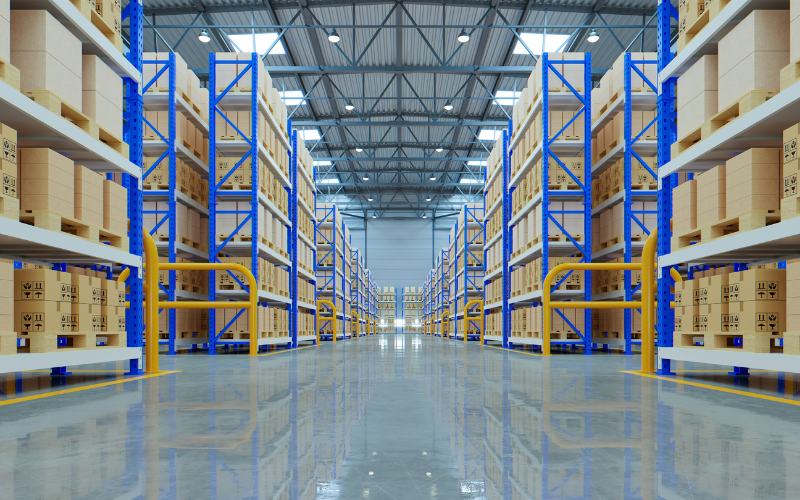5 Common Mistakes In Using Warehouse For Business
Effective use of a warehouse is essential for maintaining smooth operations and optimising supply chain efficiency. However, businesses often encounter challenges when managing their storage and logistics needs, leading to inefficiencies and increased costs. By recognising and avoiding these common mistakes, you can make the most of your warehouse for business and improve your overall operations. Here are five common mistakes in using warehousing services and how to address them.
1. Failing To Optimise Storage Space
One of the most frequent mistakes businesses make is underutilising or overloading their storage space for rent. Inefficient use of storage areas can lead to cluttered environments, making it difficult to locate items and increasing the risk of errors. Conversely, overloading the space can result in damaged goods and unsafe working conditions.
To optimise your storage space, plan the layout carefully, considering factors such as inventory turnover and product dimensions. Use appropriate shelving systems and storage solutions to maximise vertical and horizontal space. Regularly assess your inventory to eliminate obsolete items, ensuring the warehouse operates efficiently.
2. Poor Inventory Management
Ineffective inventory management is another common issue when using a warehouse for business. Without accurate tracking, businesses risk overstocking or understocking products, leading to increased costs and missed opportunities. Poor inventory management can also delay order fulfilment and impact customer satisfaction.
Investing in modern inventory management systems is crucial for maintaining accurate records and real-time visibility into stock levels. Such systems can streamline processes, minimise errors, and ensure that products are available when needed. Regular audits and consistent updates to your inventory records are also essential for avoiding discrepancies.
3. Ignoring Scalability And Flexibility
Many businesses fail to account for growth and changing needs when choosing warehousing services. A storage space for rent may meet your current requirements but may not accommodate future expansion or fluctuations in demand. Ignoring scalability can lead to disruptions and the need for costly relocations.
When selecting a warehouse for business, consider facilities that offer scalable solutions and flexible rental for storage agreements. These options allow you to adjust your storage space based on seasonal demands or business growth, ensuring long-term operational efficiency.
4. Neglecting Safety And Security Measures
Overlooking safety and security measures in a warehouse environment can result in accidents, theft, and damage to goods. Common safety oversights include inadequate lighting, poorly maintained equipment, and a lack of safety training for staff. Security issues, such as insufficient surveillance or access control, can also compromise your inventory.
To address these concerns, ensure that your warehouse complies with safety regulations and standards. Conduct regular inspections, maintain equipment properly, and provide comprehensive training for employees. Implement robust security measures, including surveillance cameras, access control systems, and secure storage for high-value items.
5. Failing To Leverage Technology
In today’s fast-paced business environment, relying on manual processes for warehouse management can lead to inefficiencies and errors. Failing to leverage technology, such as warehouse management systems (WMS) or automated equipment, limits your ability to optimise operations and stay competitive.
Integrating technology into your warehousing services can improve accuracy, streamline processes, and enhance productivity. For example, a WMS can automate tasks such as inventory tracking, order picking, and shipment scheduling. Using data analytics, you can gain valuable insights into operational performance and identify areas for improvement.
Final Words
Avoiding these common mistakes can significantly enhance the efficiency and effectiveness of your warehouse for business. By optimising storage space, improving inventory management, planning for scalability, prioritising safety, and leveraging technology, businesses can achieve seamless operations and reduce costs.
If you’re considering rental for storage or looking to improve your existing warehousing services, reach out to Loft Logistics for storage solutions. Investing in the right solutions today will position your business for long-term success.






